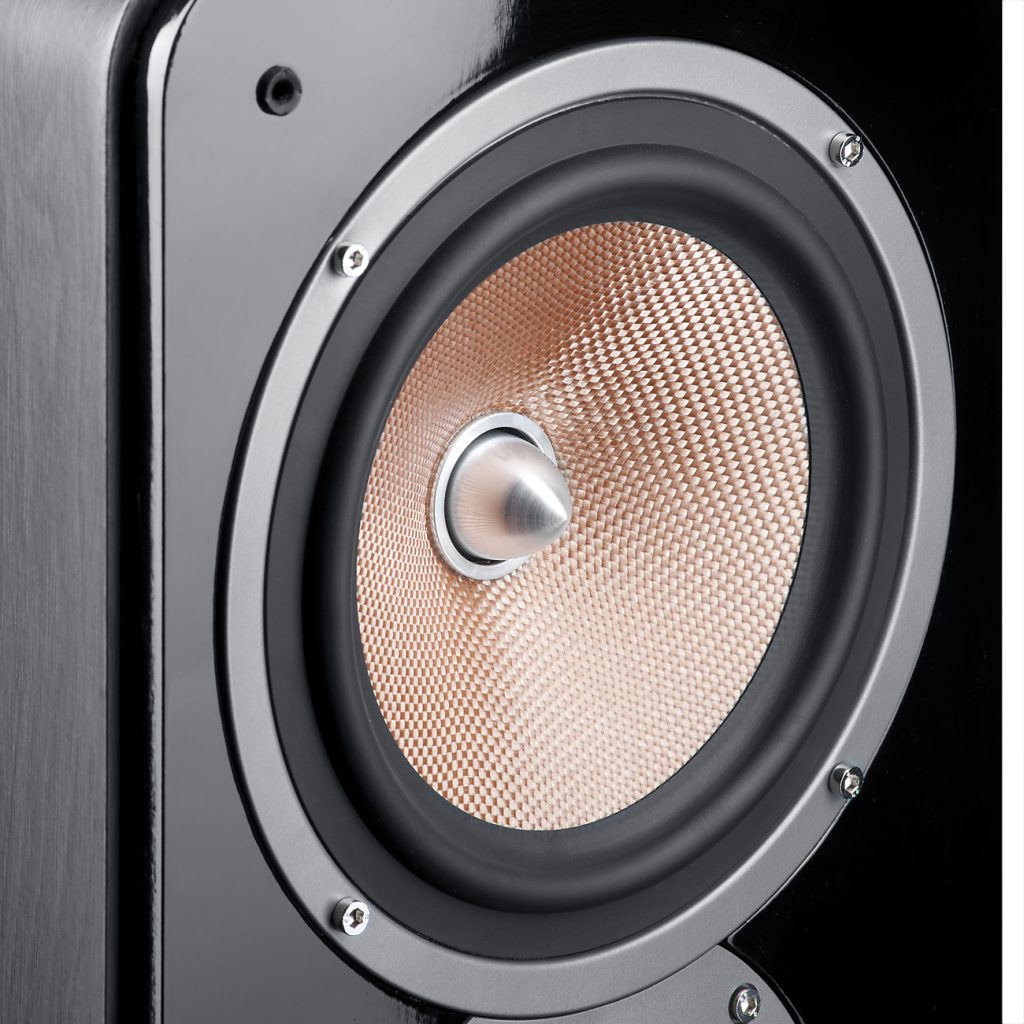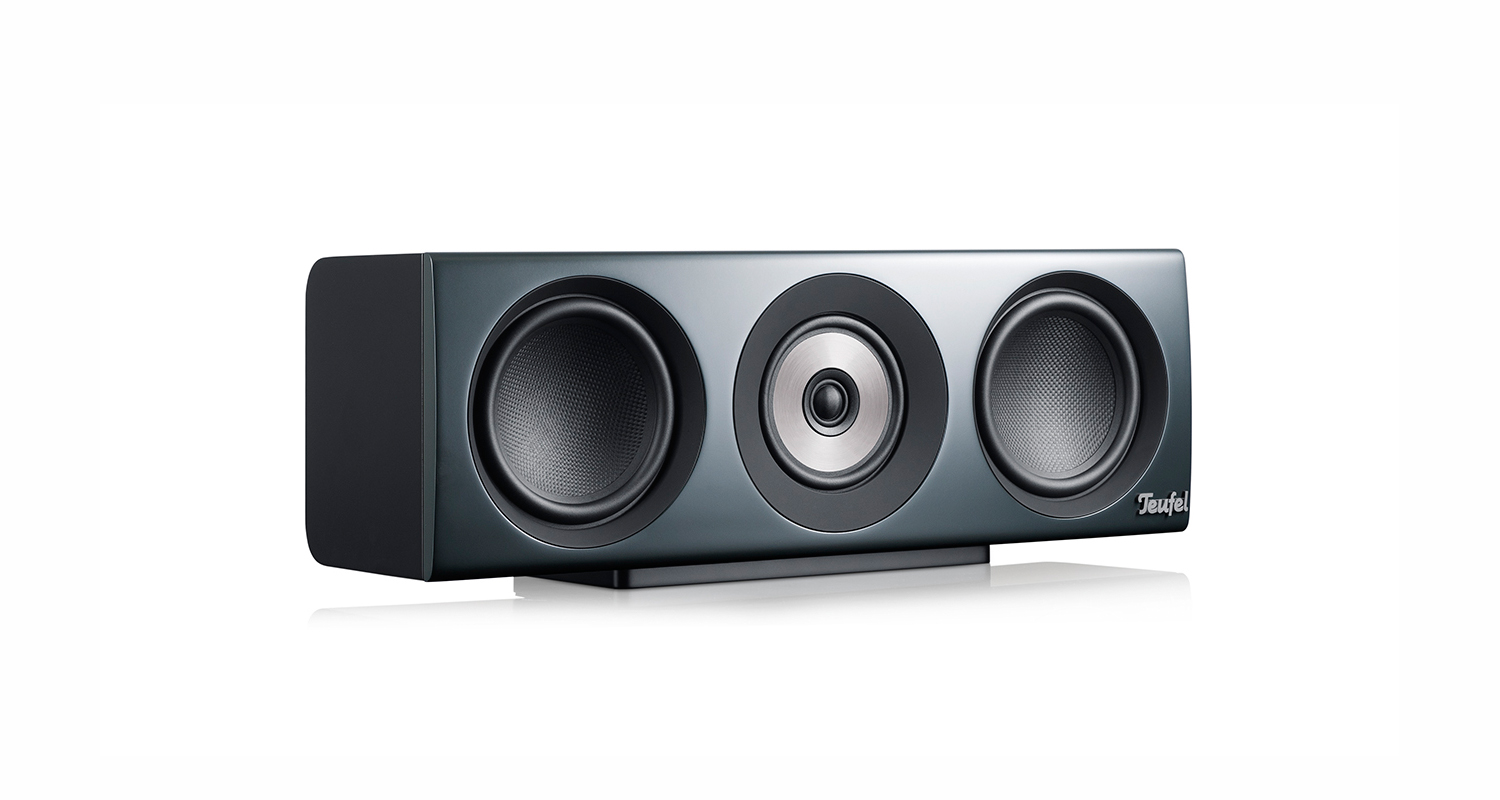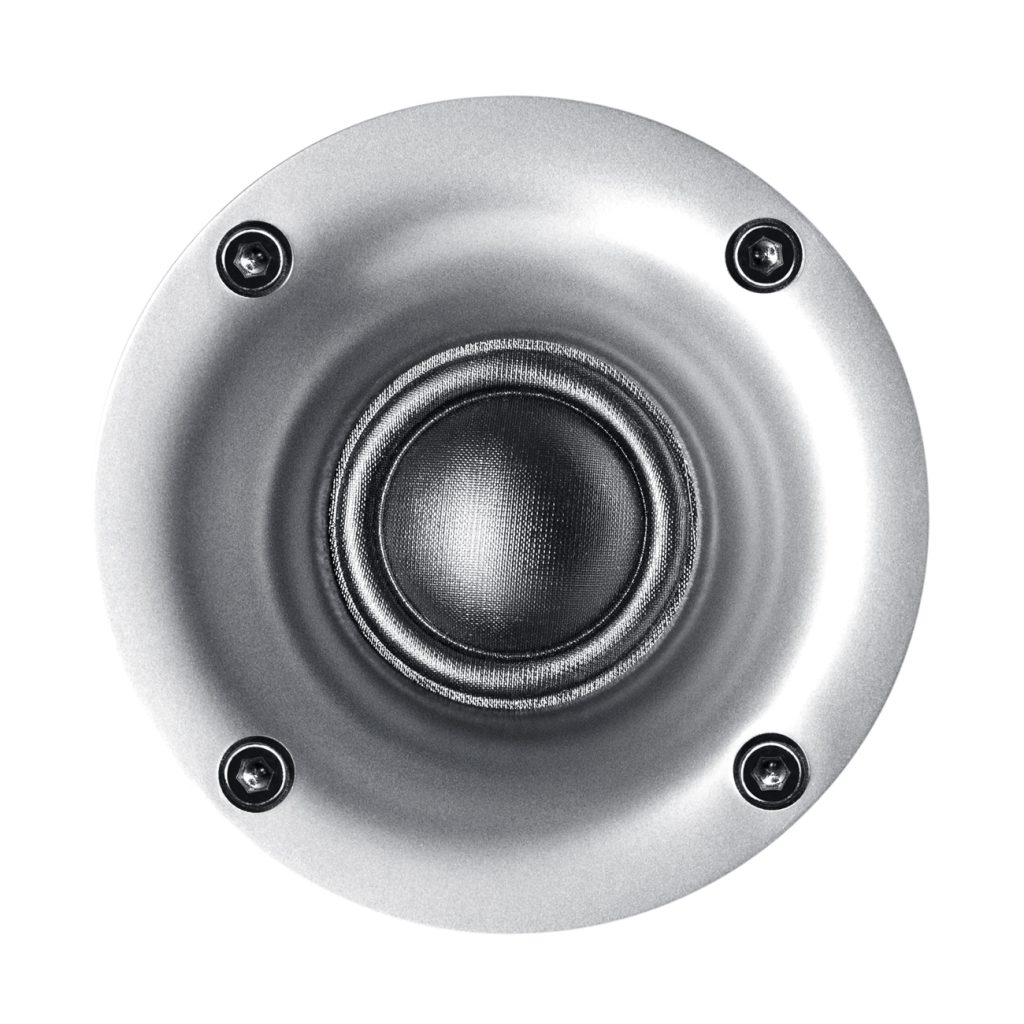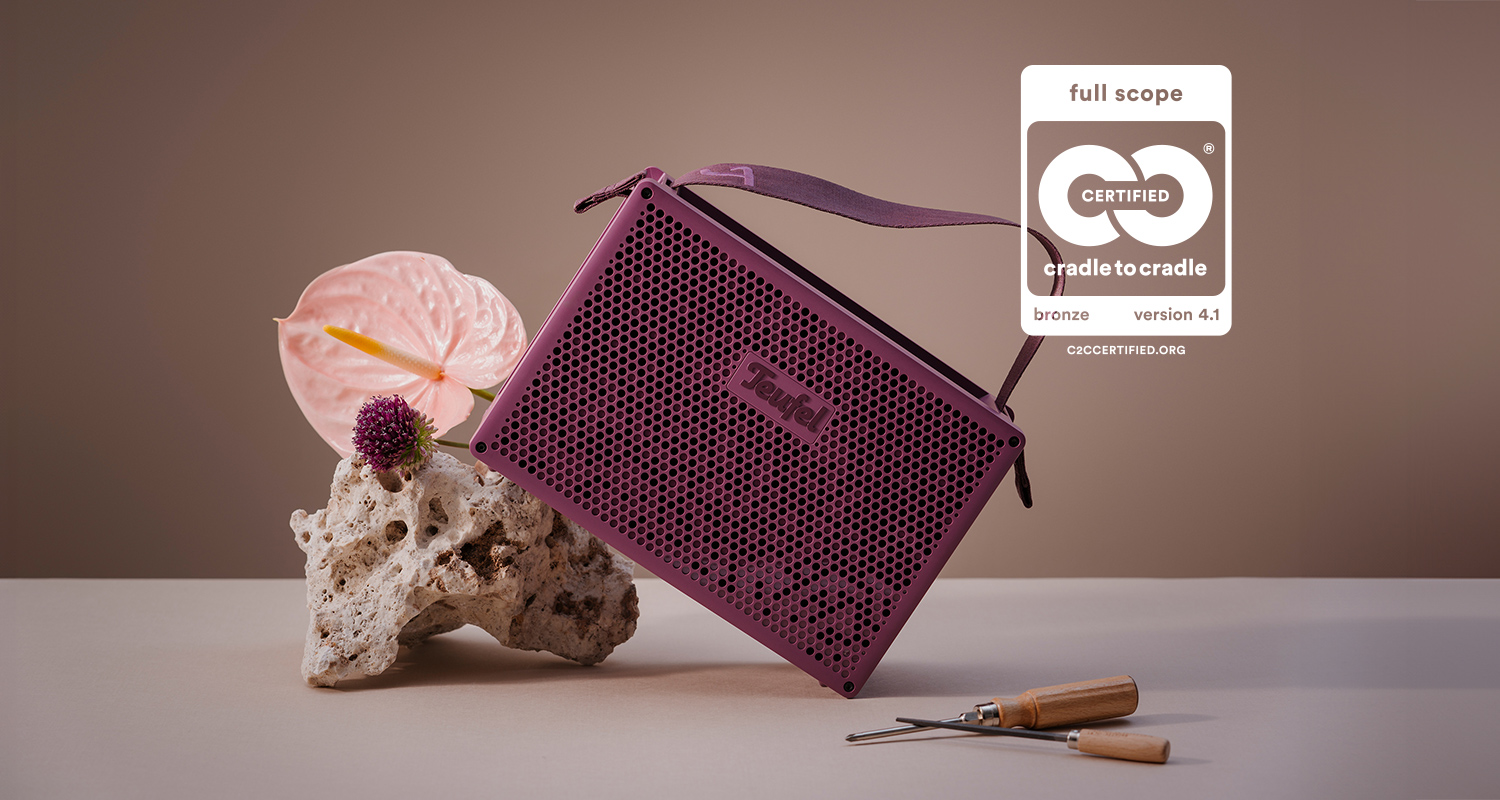All loudspeakers are essentially transducers, meaning they convert one form of energy – in this case electrical – into another – in this case, mechanical vibrations which we experience as sound. Because the role of the transducer is to push or “drive” the sound forward, the word “driver” is usually used to denote the transducing element within a speaker. Drivers are also sometimes simply referred to as loudspeakers, a term which also refers to the sum of all components involved in sound production from the enclosure to the sound damping material inside and other components like crossovers. For the purposes of this article, “speakers” and “drivers” refer to the loudspeaker component responsible for dispersing sound.
This blog has already discussed the different types of loudspeaker driversOpens in new tab as defined by the frequency ranges they cover: Tweeters, midrange drivers and woofers. This post will discuss the 3 basic designs used to create and disperse sound: Horn, cone and dome drivers.
Horn speakers
As their name suggests, horn loudspeakers have an open, funnel-shaped form like a trumpet. Many people will recognize this design from pictures of old phonographs (also called gramophones). Early designs used a flared horn to amplify the sound created by a vibrating diaphragm: The horn’s function was twofold: to transfer the vibrations created by the diaphragm to the air and to make them louder.
Horn speakers are a very efficient design because the diaphragm doesn’t have to oscillate very much in order to create a loud sound compared to say, a cone diaphragm. Because of their great efficiency, horns are still used in PA speakers for issuing announcements and warning signals. Another advantage of horn speakers is their directionality. Instead of dispersing sound all over the room, the sound can be aimed directly at the listener. This creates a much smaller “sweet spot” for the listener but eliminates most problems people experience with room acoustics as there is simply less reflective sound. However, this small optimal listening area can be a bit impractical and is often detrimental to the appreciation of the upper ranges which anyway tend to beam rather than disperse. Another practical difficulty with horn loudspeakers is the very low end. In order for a horn speaker to reproduce a convincing bass, it would have to have enormous dimensions.
In spite of their limitations for home hi-fi, there are many high-end horn speakers available today. Many people appreciate their excellent dynamics and quick transient response which can give music, especially jazz, a highly realistic, live sound. Horns are also able to play louder without distorting. Last but not least, horn speakers make attractive conversation pieces.

Cone speakers
The cone is a form known to us from school geometry class and is used in the most popular forms of driver construction: The cone speaker. A typical cone driver consists of a cone-shaped membrane with a dust cap in the middle, a component that does not affect the sound. For sound reproduction, the membrane responsible. The membrane is attached to a voice coil which moves according to the push and pull of the magnetic field produced by electricity moving through the coil in a magnetic field. This in and out motion – known as excursion – is what makes cone speakers the most dynamic of the driver designs discussed here and the reason this type of driver is sometimes called a “dynamic loudspeaker.” The more excursion a driver has, the greater the volume of air it can push. To create low frequency sound, a great deal of air needs to be moved which can either be done by employing a large woofer or by increasing driver excursion. Given all of this movement, cone speakers are not as efficient as horn speakers, but allow for more compact, user-friendly speaker designs as well as a more powerful and accurate low end.
The membrane of a cone loudspeaker (which can also be round instead of cone shaped) can be made from a range of materials, all sharing similar properties of high rigidity and light weight. Paper, aluminium, kevlar, polypropylene and polystyrene are all common materials to find in cone driver construction. Cone loudspeakers are used in many different scenarios, but primarily in the construction of midrange and bass drivers. While they are sometimes used in tweeter design, dome drivers are usually more effective here.
Dome speakers
As with horn and cone speakers, the name pretty much describes the form. Dome speakers are generally concave and smaller than cone speakers. This design, however, has the advantage of giving the upper range a wider dispersion angle for an avoidance of the beaming tendency of the upper frequencies.
Unlike horn speakers, dome speakers are a fairly recent invention. The first successful use a of dome speaker was by the Germany company Braun in the 1960s. The original design came from an Italian manufacturer, but the engineers at Braun had the idea to use a different material. After much experimentation, a composite of tar, rubber, glue and lacquer from the company BASF was chosen and was a success. From then on, dome tweeters became wide-spread and the use of materials in their construction is as diverse as those used in cone membranes: Aluminium, ceramic, titanium, beryllium and even silk are often employed.
Coda: Speaker drivers specialize for sound & power
Since the invention of the phonographs in 1877, a lot has changed when it comes to driver design. While horn speakers are rather rare outside of their use in PA systems, cone and dome speakers can be found in just about every household. A typical loudspeaker system today usually employs a combination of cone and dome drivers – cones for the midrange and bass, and domes for the upper range. Teufel’s Theater 500Opens in new tab classic stereo speakers are a good example.
The advantage of cone and dome speakers is their ability to produce very good sound from a compact design. The sound can be adapted and optimized by the use of different materials and, in the case of cone drivers, by the amount of excursion.
And remember: Cone, horn and dome drivers are simply the most common varieties. There are many other, more exotic varieties of such as ribbon and electrostatic.







Leave a Reply